If you’re a woman, chances are you’ve been encouraged to “lift heavy” when it comes to strength training, especially if you’re a woman over a certain age! It’s something I talk about a lot, and we’re discussing in depth in our Unpause 2.0 focus group over in the BodyFit Athletic Club. You’re probably aware that strength training is beneficial for skeletal muscle (the “organ of longevity”), improving bone density, reducing injury risk, increasing metabolism, and even leading to body recomposition and fat loss. And, most of us know that the idea that women get “big and bulky” from lifting heavy weights is a myth.
You know you should be lifting heavy, but what does “Lifting heavy” actually mean? How do you know if you’re going heavy enough to see and feel actual change? Is it a certain number of pounds, sets, or reps? What should we be looking for in a workout to really see results? These are common questions I get a lot, so let’s break it down.
First, let’s clear some things up:
“Lifting heavy” doesn’t mean maxing out or injuring yourself. It means challenging your muscles enough that adaptations occur — and you become stronger, denser, and more resilient.
Yes, I have to repeat it. No, you won’t develop large, bodybuilder-type muscles by lifting heavy. Women genetically don’t have the hormonal profile or muscle makeup to do it. When women do achieve muscle gain and size, it takes many daily hours of specialized training and a particularly high-calorie diet and, sometimes, additional supplements or substances.
You don’t have to spend a fortune on multiple sets of weights or clutter your home gym with bulky equipment; you just need to be lifting for progressive overload.
If you are new to exercise, you don’t need to start with heavy weights. Start slow with lighter weights, gradually increase them as you get stronger. If you’ve been training with the same weights for a while, it’s probably time to upgrade.
Resistance training is so crucial for everyone, but especially for women experiencing perimenopause and menopause. As hormones, specifically estrogen, decline, muscle mass drops, bone density decreases, metabolism slows, fat redistributes (especially around the abdomen), and joints get less stable, increasing injury risk.
What does lifting heavy look and feel like?
Heavy = Finishing a set fatigued and close to failure (as in, you can only do a few more reps with good form)
- Generally speaking, if you’re doing a single exercise (“back to basics” like just a squat, row, or press), you should be lifting heavy enough to go 6-12 reps with good form and full range of motion.
- If you can do 15 or more reps, it’s probably too light.
- If you lose form or fatigue with the first few reps, it’s probably too heavy.
You should feel challenged by the last few reps — even struggling a little — but still be able to maintain proper form and continue throughout the whole workout.
How do I know if I’m lifting heavy enough?
First and foremost, if you’re thinking it might be time to increase your weights, it probably is! But here are a few indicators that can help.
Pay attention to “reps in reserve.” At the end of a set, do I feel I could do more reps? It’s okay if you do, but if you could do several more, it’s time to go heavier.
Check in at the end of a set: How do you feel? You should feel tired but not destroyed. Challenged, but not out of your league.
Be honest about your journey and progress: How long have I been doing this same weight? If it’s been longer than 6-10 months, it might be time to mix it up.
Form is everything! Can I maintain good form throughout every rep of this set? If you can’t, your weight could be too heavy. If you feel like you’re rushing or overextending in range of motion, it could be too light.
Variety is KEY. You hear me say it all the time, but including many types of formats and workouts is also how we can get progressive overload without having to go heavier every single workout.
Check in with your goals. Am I seeing my desired results? Do I feel challenged in most workouts while also feeling like I’m making progress? If you’re not seeing changes in strength, definition, or stamina, or if you have specific goals like fat loss or body recomposition, the weight likely isn’t heavy enough.
How can I safely lift heavy weights without getting injured?
If you’re a beginner or “begin-againer,” Build a solid foundation by starting with bodyweight exercises while you learn form. As you gain confidence and strength with bodyweight exercises, start adding light weights. Gradually increase weights as you get stronger, going up 2-5 pounds at a time.
If you’re a more experienced exerciser, consider mixing up your routine after 6-12 months of using the same dumbbells. Try something heavier, slow down your reps, add half reps in between, or incorporate isometric holds during a movement.
For everyone: Prioritize form and listen to your body. You should feel a challenge with muscle burn, but not sharp pain. And of course, properly warm up, cool down, and make time for recovery days!
And of course, the magic question. How can I “go heavier” without constantly buying more weights?
Do different types of workouts during your programming that allow you to go heavier and harder, but in various ways. Aim for back-to-basics strength training, tempo training (slower reps), isometrics (holding contractions), compound exercises, and muscle endurance workouts (longer sets).
Great news! I use all of these formats in all my programs, including Unpause and other BAC focus groups, as well as all my YouTube monthly calendars. If you’re feeling stuck in a rut or unsure how to fit these “heavy” workouts into your routine, consider adding one or more of them to your weekly strength routine.
Back to Basics: Back to Basics with Weights
Tempo Training: Dumbbell Tempo Training
Isometrics: Dumbbell Iso Strength
Compound Exercises: Total Body Compounds
Muscle Endurance: Full Body Flow & Burn
Also: Don’t overthink it! It’s really not about a certain weight, number, reps, or number of sets, the duration of your workout, or the time of day you move your body. It’s about showing up, working hard, creating consistency, and being challenged. Lifting heavy will be relative for all of us—there’s no one-size-fits-all approach. It’s about progressively overloading our bodies, training close to fatigue, and continuing to show up.
The Bottom Line
Yes, we often hear women should “Lift heavy”. The constant emphasis on this is likely because we’ve spent much of our lives believing we should be smaller, thinner, leaner, take up less space, eat less, say less….the list goes on. While the narrative has somewhat shifted in the fitness world over many years, the pressure to not do or be “too much” is still ingrained in us, even when it comes to being the strong, powerful, badasses that we are! Let’s work to change that together!
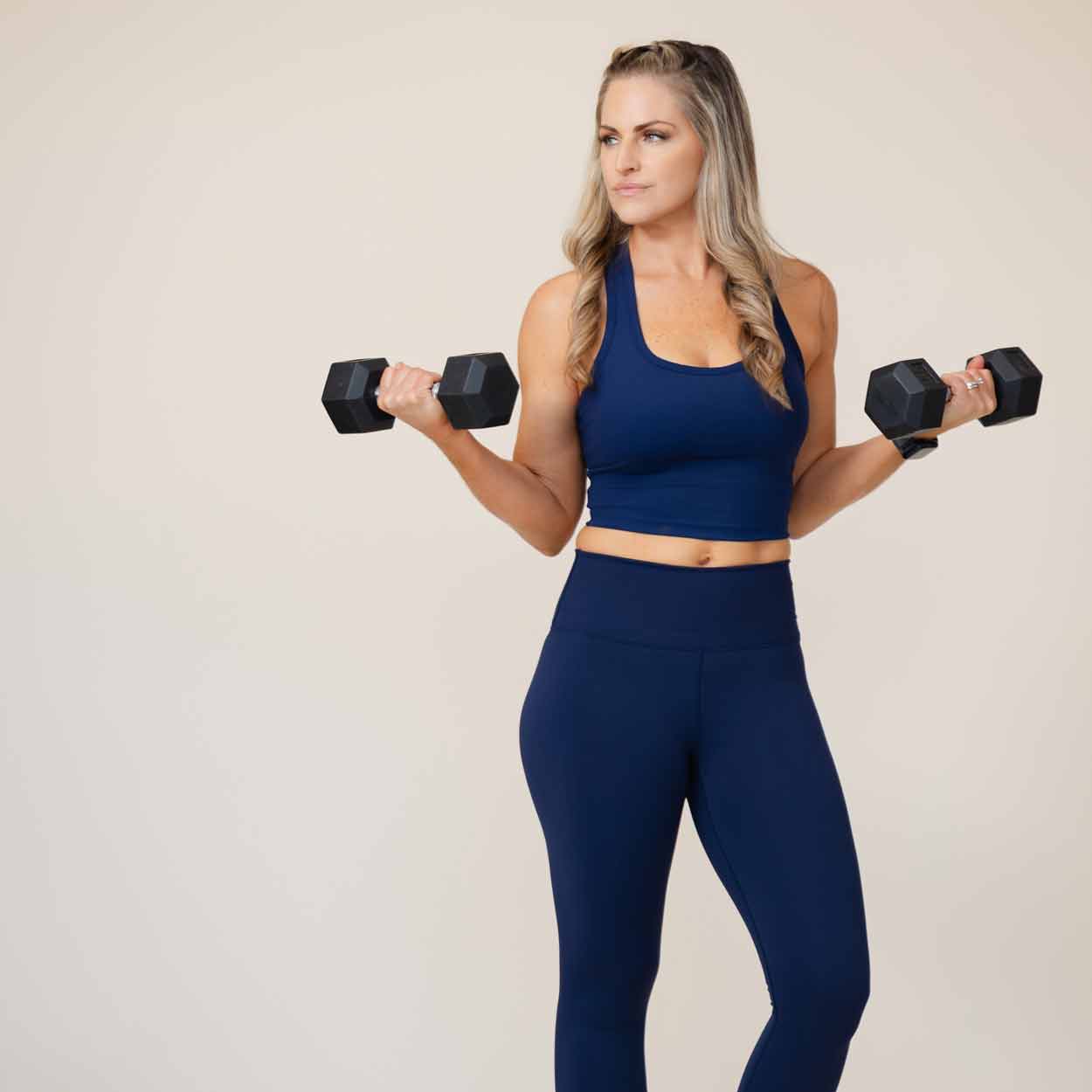
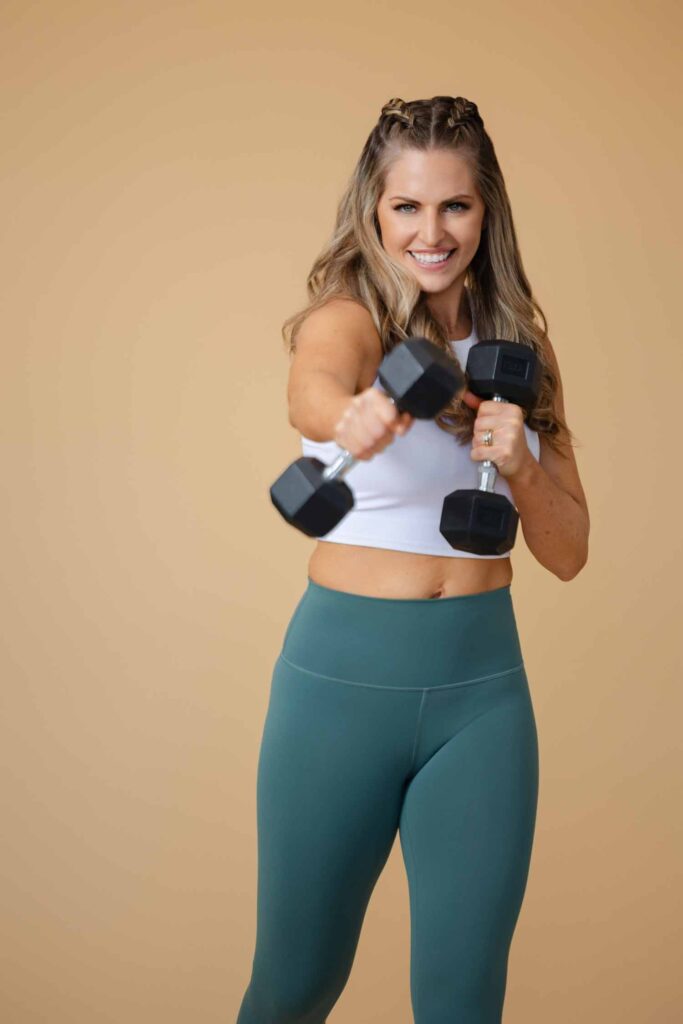


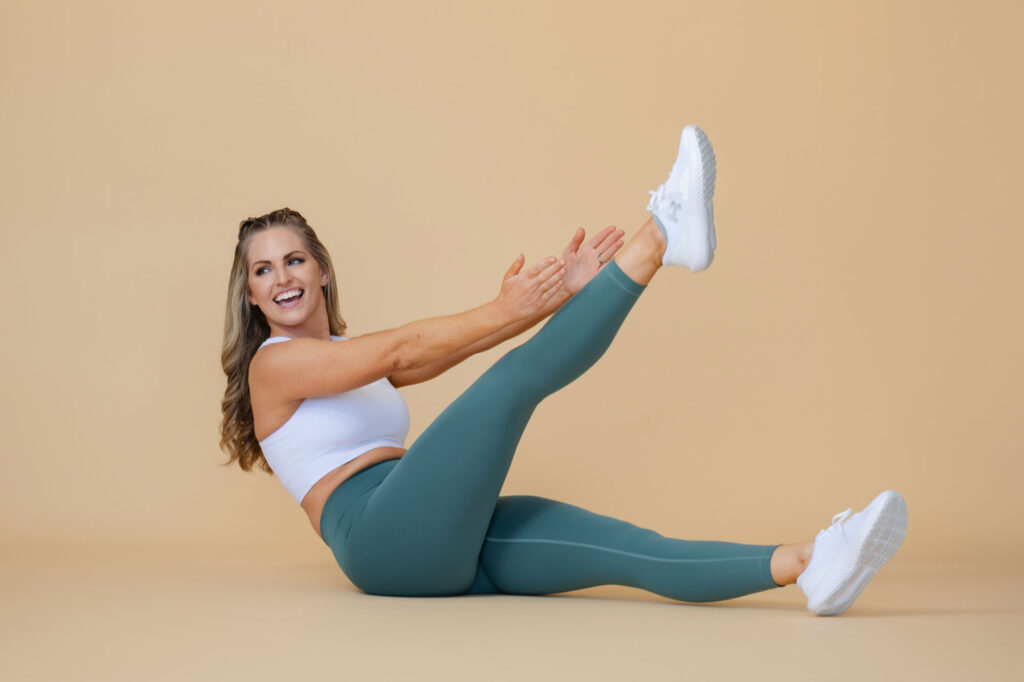
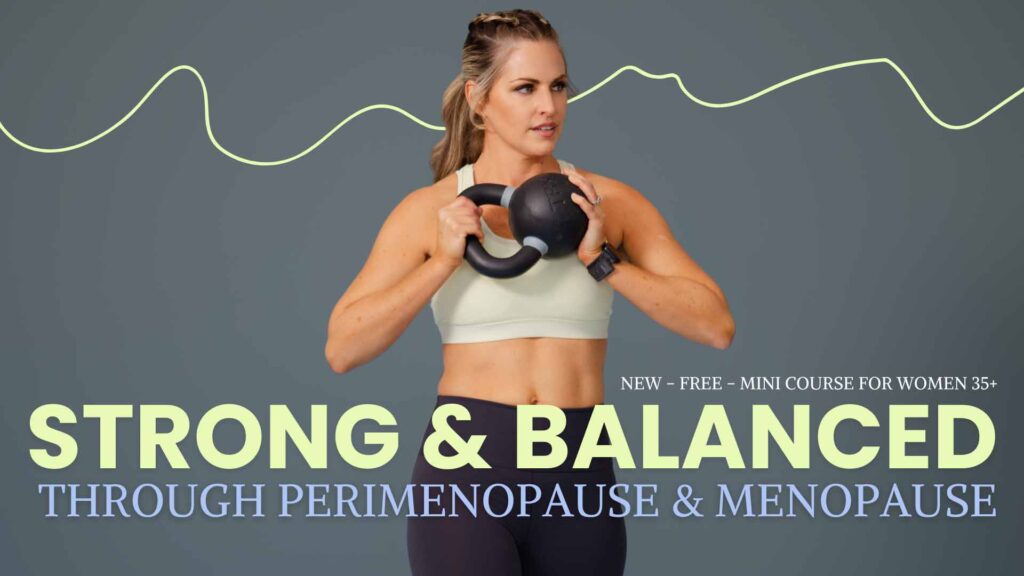
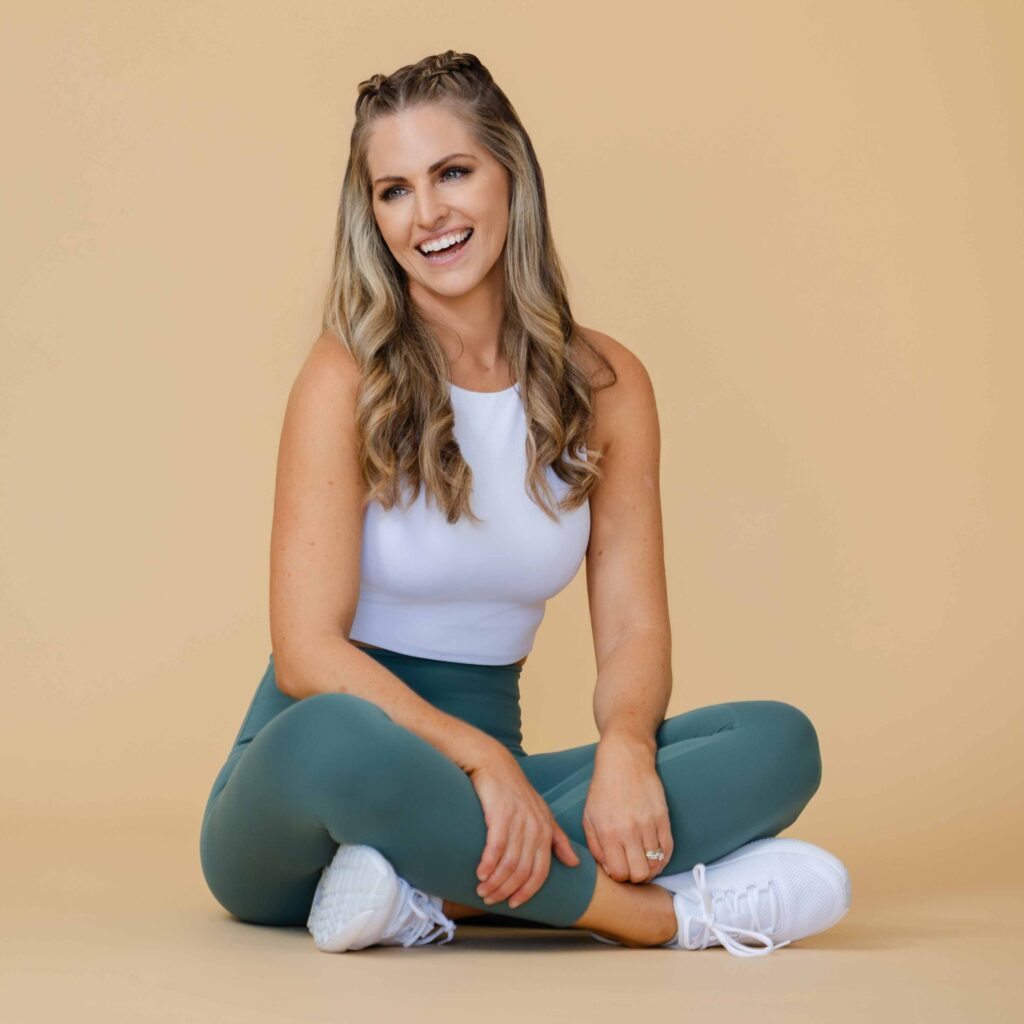


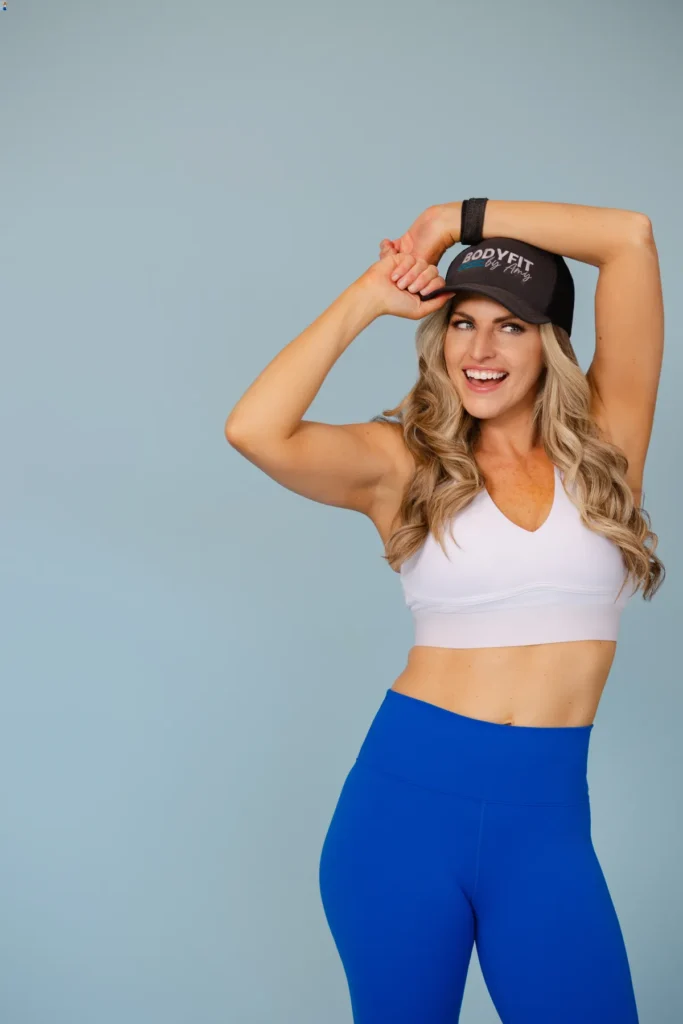
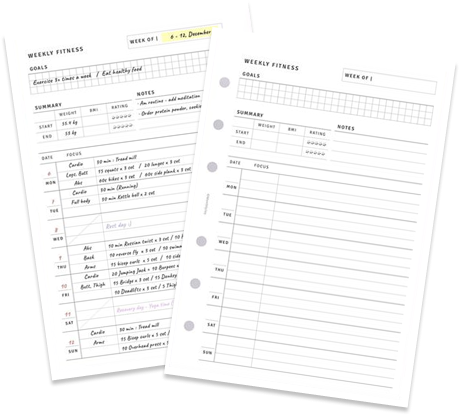
Leave a comment
Thanks Amy.
Thank you for all the great info! I really appreciate all the time and effort you put into the workouts and blogs.
Great information! I am a 79 years young woman who has been using your Y tube videos for years. Thanks!
I do 6-7 days only cardio and want to slowly incorporate weight/strength training. However, I don’t even know where to start. Any thoughts on how to start incorporating cardio and strength training?